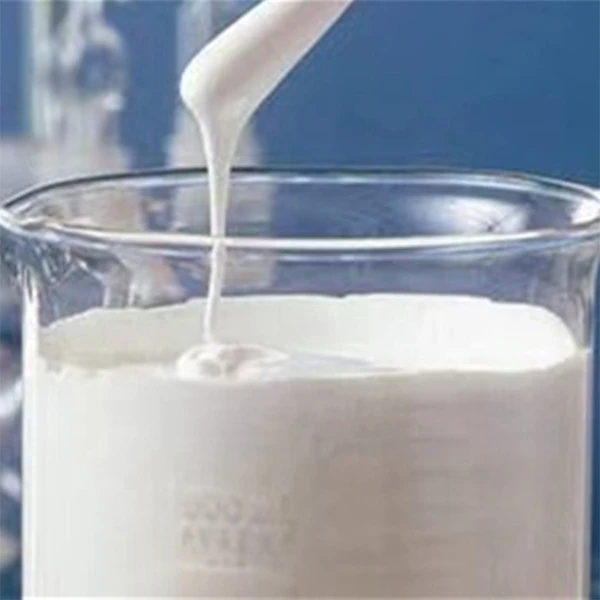The Role of HPMC in Building Coating Adhesives
Hydroxypropyl Methylcellulose (HPMC) is a widely used additive in the formulation of building coating adhesives. Its unique properties make it an indispensable component, enhancing the performance and functionality of these products. In this article, we’ll explore the importance of HPMC in building coatings, its benefits, and its applications in the construction industry.
Understanding HPMC
HPMC is a non-ionic, water-soluble polymer derived from cellulose, a natural polymer found in plant cell walls. It is modified to provide superior thickening, binding, and film-forming capacities. In the context of building coatings, HPMC serves multiple purposes that significantly improve the overall quality of the adhesive.
Benefits of HPMC in Building Coating Adhesives
1. Improved Adhesion One of the primary functions of HPMC is to enhance the adhesive properties of coatings. It creates a strong bond between the substrate and the coating material, ensuring longevity and durability. The exceptional adhesion results in coatings that resist peeling and flaking, even in challenging environments.
2. Thickening Agent HPMC acts as a thickener, allowing for better manipulation of the adhesive's viscosity. This adjustability ensures that the product can be easily applied to various surfaces, reducing sagging during application and providing a smooth finish.
3. Water Retention An important feature of HPMC is its ability to retain water. This property is crucial for maintaining the workability of the adhesive. It allows the adhesive to stay moist for longer periods, providing sufficient time for application and ensuring proper curing of the bonding joint.
4. Open Time Extension HPMC extends the open time of the adhesive, allowing users to adjust their work during the application process. This extended period is particularly beneficial for large projects where precision and timing are crucial.
building coating adhesive hpmc

5. Enhanced Mechanical Properties Incorporating HPMC into building coatings promotes excellent mechanical properties, including tensile strength and elasticity. These characteristics are vital for handling the stresses and strains that coatings may encounter over time.
6. Resistance to Cracking HPMC contributes to the flexibility of the adhesive, reducing the risk of cracking and other forms of damage that can arise from thermal expansion and contraction. This flexibility is especially valuable in regions with significant temperature fluctuations.
7. Eco-Friendly Solution HPMC is derived from natural cellulose and is considered environmentally friendly. Its use aligns with the growing demand for sustainable construction materials, making it a preferred choice for eco-conscious consumers and builders.
Applications in Construction
The applications of HPMC in building coating adhesives are vast and varied. It is commonly used in tile adhesives, paints, plasters, and sealants. In tile adhesives, for instance, HPMC improves both workability and adhesion, making it easier to install tiles while ensuring that they remain securely bonded over time.
In paints, HPMC enhances viscosity and stability, allowing for better application and uniform coverage. Moreover, in plasters, it helps to improve adhesion to difficult substrates and provides prolonged hydration, essential for effective curing.
Conclusion
Hydroxypropyl Methylcellulose is a vital component in the formulation of building coating adhesives. Its multifaceted benefits, including improved adhesion, water retention, and enhanced mechanical properties, make it an essential ingredient for a wide array of construction applications. As the construction industry continues to evolve, the reliance on high-performance additives such as HPMC will undoubtedly increase, driving innovation and improving the sustainability and durability of building materials. By integrating HPMC into coatings and adhesives, manufacturers can offer reliable products that meet the diverse demands of modern construction.
-
A Comprehensive Guide to Methyl Ethyl Hydroxyethyl Cellulose: Applications and Industry InsightsNewsNov.24,2025
-
Understanding Methyl 2 Hydroxyethyl Cellulose: Uses, Benefits & Industry InsightsNewsNov.24,2025
-
Hydroxyethyl Methyl Cellulose HEMC: Industrial Uses, Benefits & Future TrendsNewsNov.23,2025
-
HEMC Cellulose: Versatile & Sustainable Industrial Polymer | YoungcelNewsNov.23,2025
-
Methyl Hydroxyethyl Cellulose: Versatile Building Block for Industry & SustainabilityNewsNov.23,2025
-
CAS 9032 42 2: Understanding Polyvinyl Alcohol's Impact on Industry & SustainabilityNewsNov.22,2025




